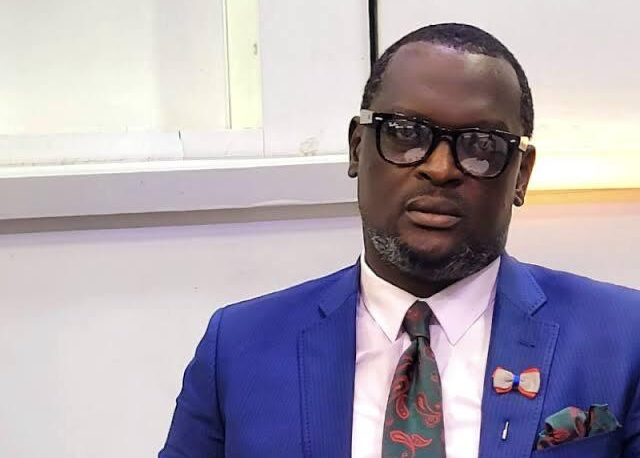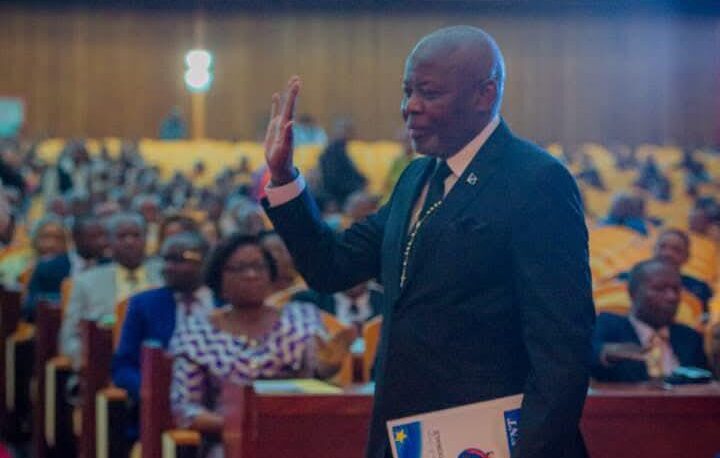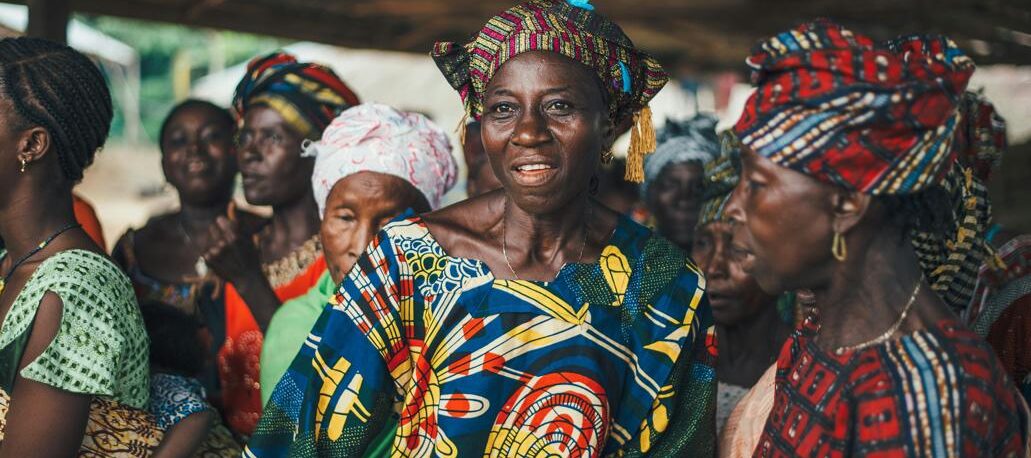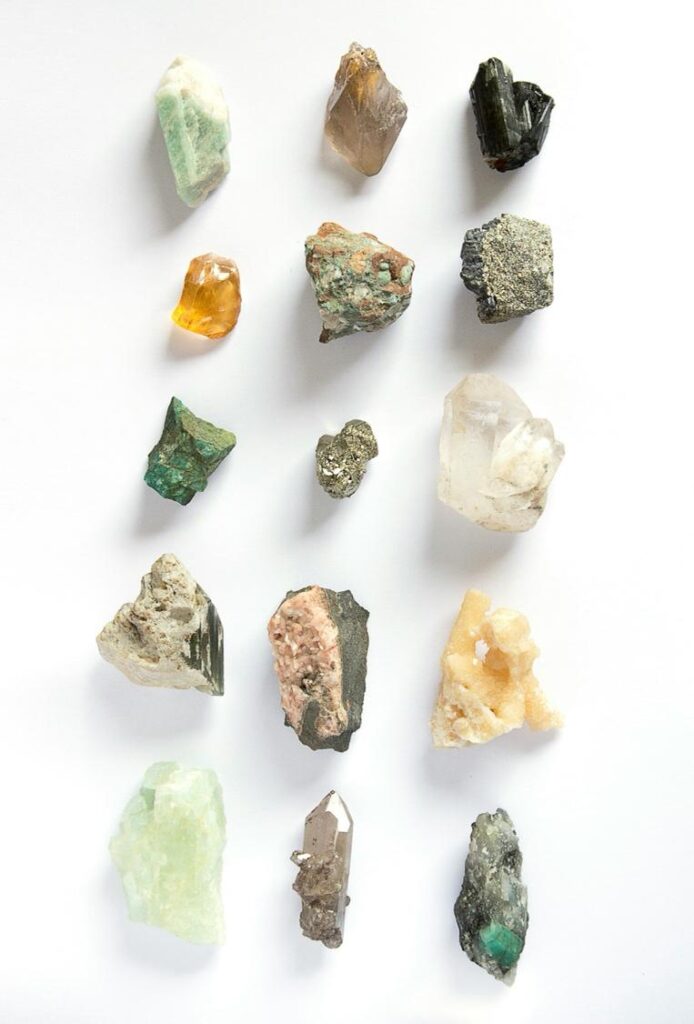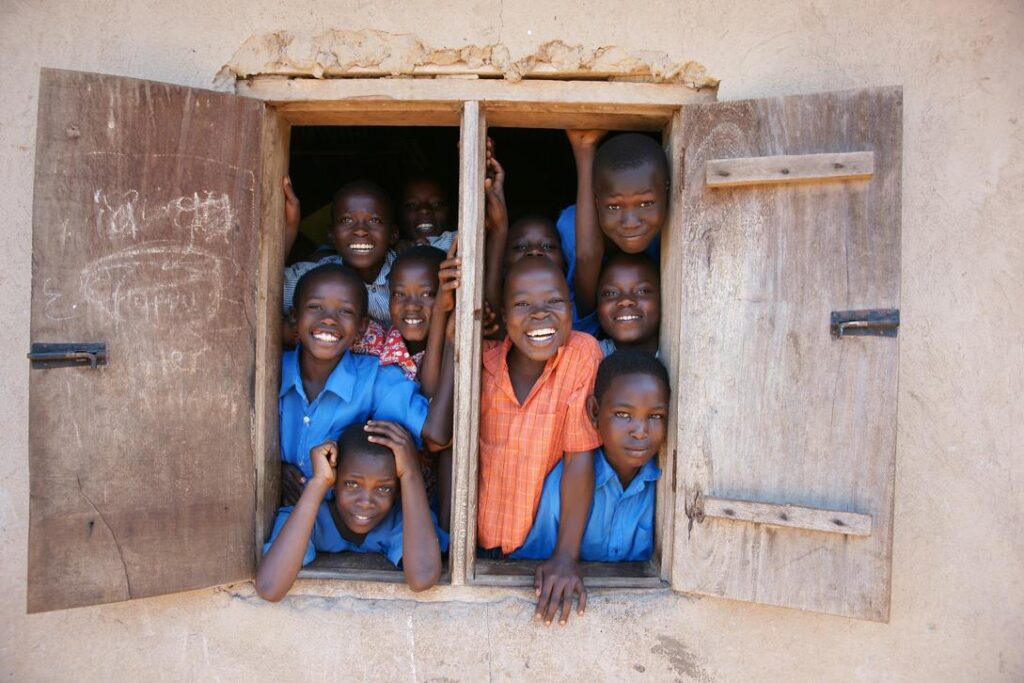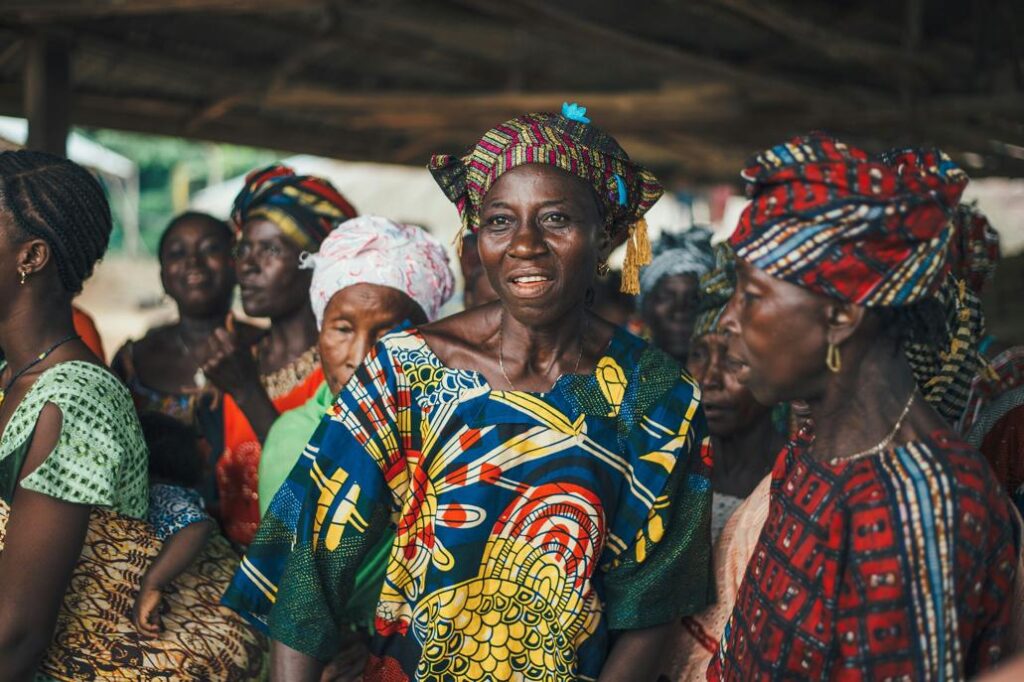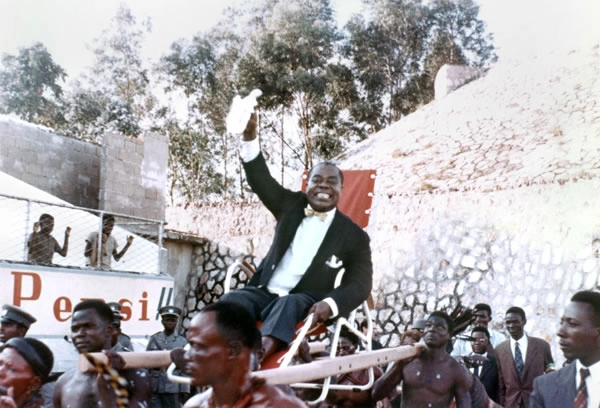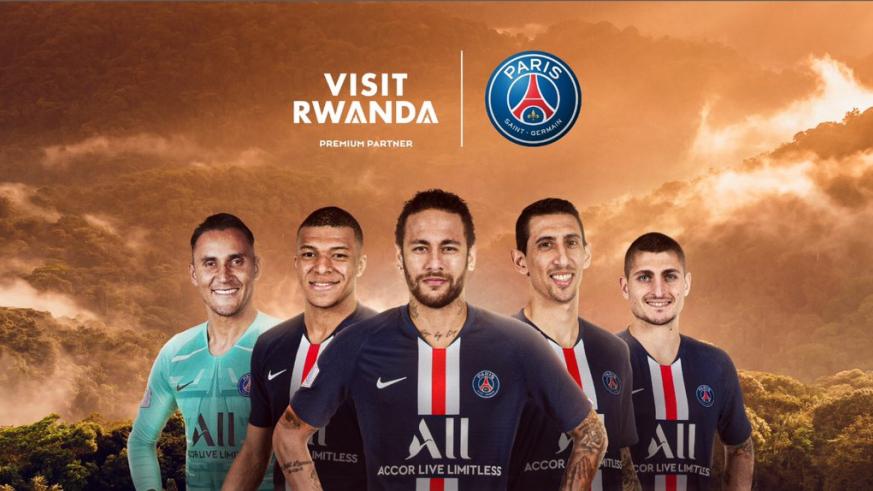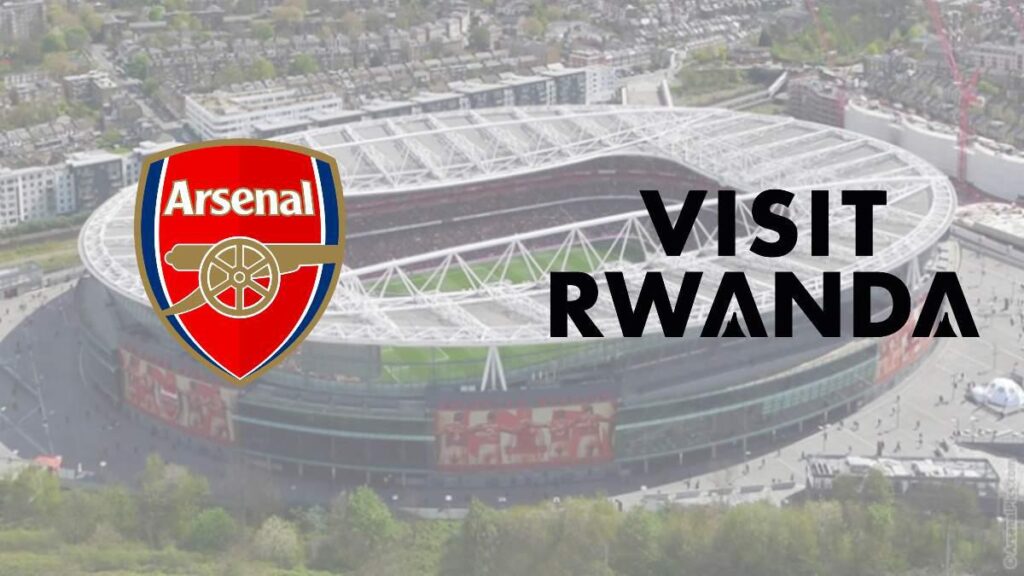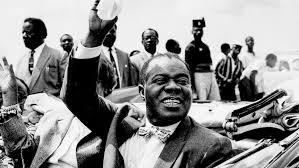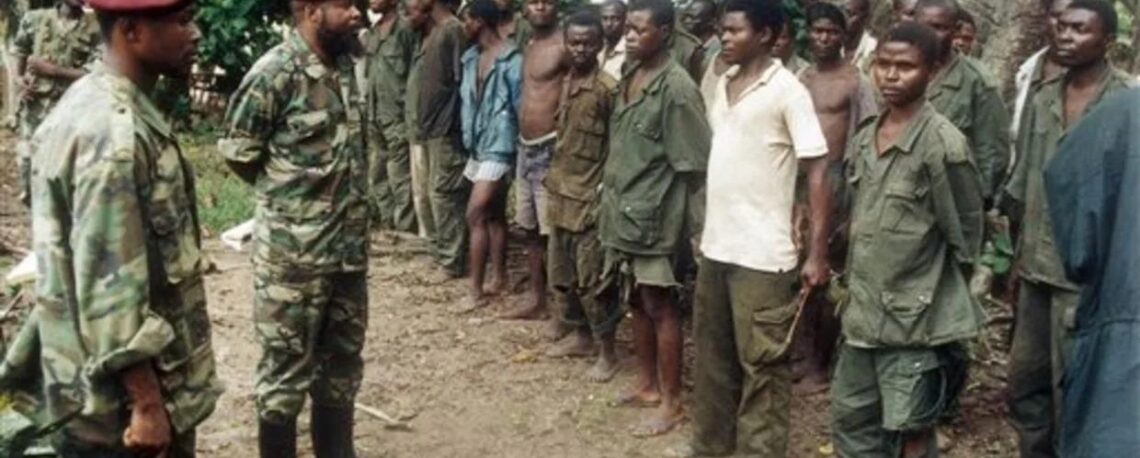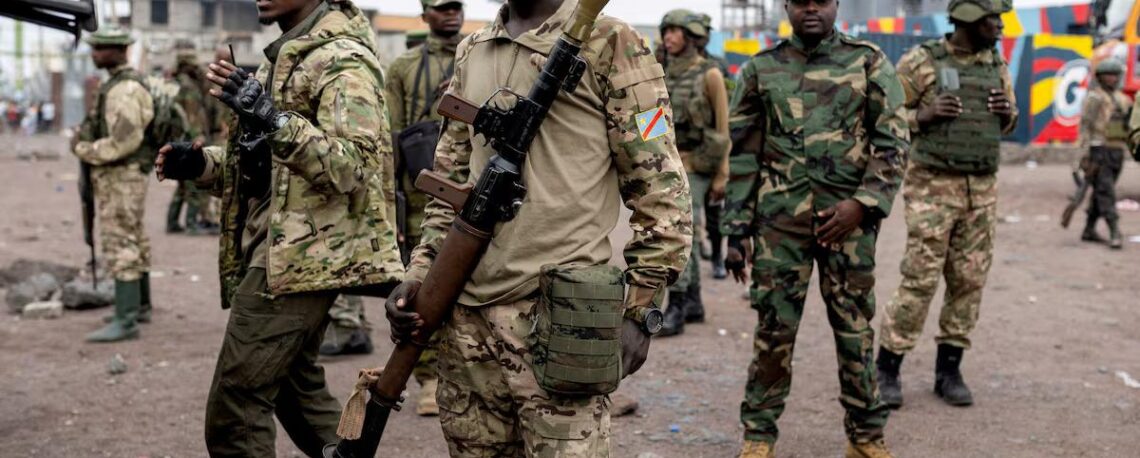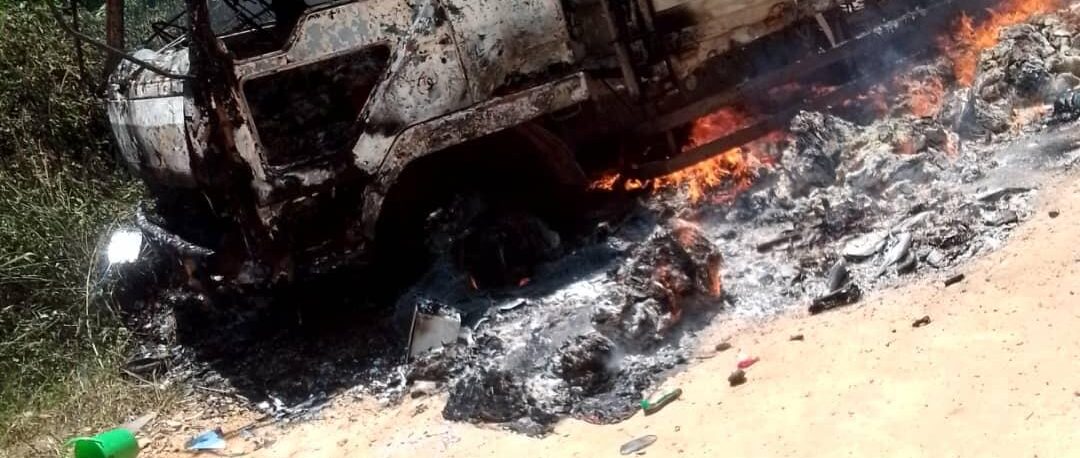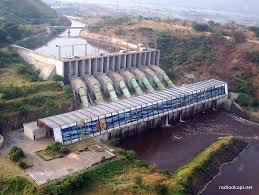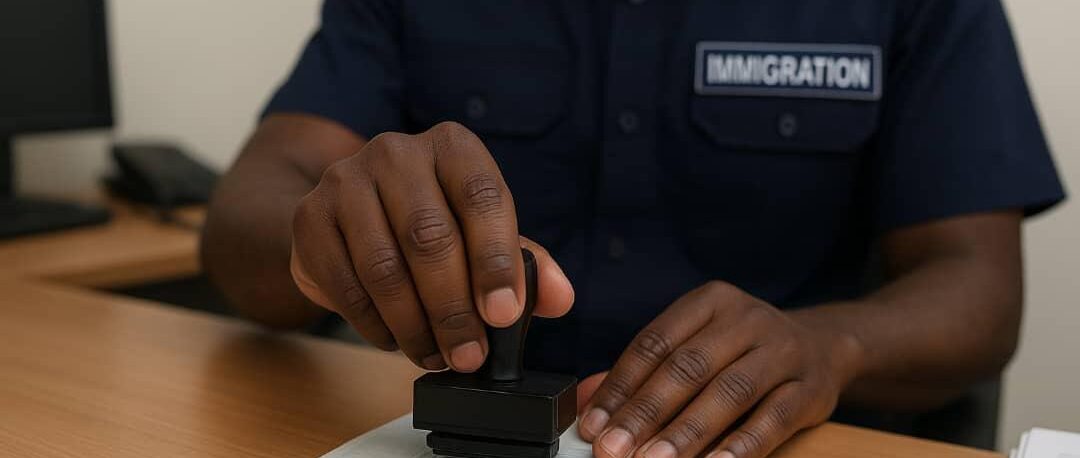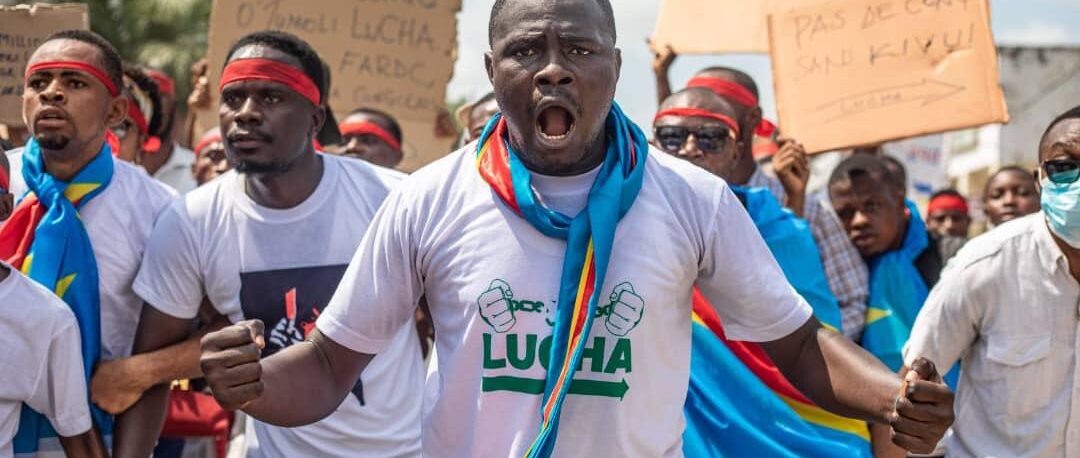In November 1994, the world said, once more, “never again”. Following the genocide of nearly one million Tutsi and other Rwandan ethnic groups, the International Criminal Tribunal for Rwanda was founded, and four years later, Rwandan politician Jean-Paul Akayesu became the first person to ever be prosecuted for genocide, setting an example within the nation, as many others from the previous government would be brought to justice. Less than four years later, the new Rwandan government would continue the previous slaughter and displacement of civilians, except in a different location: the Democratic Republic of Congo.
From 1996 to 2003, Rwandan and Ugandan forces invaded and battled within the DRC following tensions remaining from the Rwandan genocide. Two million Congolese were displaced, and 5.4 million people were murdered overall. In 2000, one peak of this war was the six-day war. Throughout Kisangani in the Oriental Province of DRC, hundreds of civilians were killed, and countless villages were bombed. One survivor recalled when speaking to Amnesty International, “I was walking with my grandmother when I was struck by a bomb in my leg. I didn’t know how to get to hospitals; it was dangerous, so we were dealing with the injury at home, but the foot was rotting. On the fifth day, I went to the hospital, but it was too late; they cut off my leg.” Unlike in 1994, however, nobody was prosecuted for their crimes within Congo. With no repercussions and no reparations, these crimes were meant to continue.
Since 2022, Human Rights Watch, Amnesty International, and even the United Nations have all criticized the armed terror group M23 for its attacks on civilians, fueling the rampant human rights abuses within the Democratic Republic of Congo. Since then, over 4.6 million people in North and South Kivu have been internally displaced due to M23 attacks. Equally concerning, 1,500 Congolese people were forcibly transferred by M23 to Rwanda in early 2025.
M23, which stands for the March 23 movement, was formed in 2012, years after the Rwandan genocide. Its origins, however, trace back to the conflict that began around the end of the Rwandan genocide. Hutu militias, constituted by some of the Rwandan refugees, formed to fight back against the newly installed Rwandan government. This conflict, however, continued and intensified, leading to Rwanda invading Congo in what would become the First Congo War in 1996. Both the Congolese state and Rwandan-backed militias continued to fight for control of eastern DRC for the next five years. Skirmishes continued despite various efforts by the Congolese government, which repeatedly shifted heads over the decades, particularly after the assassination of President Laurent-Desire Kabila. Some of those efforts were a 2003 peace agreement. However, another peace accord was signed in 2009, between said militias, the National Congress for the Defense of the People (CNDP), and the DRC government, more successful than the last.
In 2012, those Rwandan-backed militias united, took a new name based on the date of the 2009 peace accord, and tried to take control of eastern Congo. Following years of on-and-off attacks, M23 reorganized in 2022 and began to attempt the capture of the Congolese city of Goma. Despite the rebranding, one thing was the same: their strength and resources came from Rwandan direct support. According to the United Nations, between 3,000 and 4,000 Rwandan military troops were working alongside M23 as of July 2024. For instance, M23 forces have been working alongside the Rwandan Defense Forces in bombing displacement camps and civilians near Goma.
These ties between M23 and Rwanda have exceeded simple support. United Nations experts have reported that Rwanda has deployed "high-tech systems capable of neutralizing air assets" for rebels to use against the Congolese military. Rwanda has, in the meantime, diplomatically defended the M23, arguing that they are merely protecting the minority Tutsi population from the Congolese state.
These attacks, committed by M23 and backed by Rwanda’s government, have had severe impacts on civilians living in eastern DRC. Francine, a farmer from North Kivu, was in the field alongside her family when M23 rebels invaded her village. “We immediately fled. I was carrying my baby on my back, one child in each hand, [with] the other four running in front of me. I lost sight of my husband. We didn't dare rest because we heard the shots all around.”
Rwandan involvement in the Congo has not been exclusively militaristic either. Part of Rwanda’s reasoning for support for M23 has been the ease of access to raw materials such as coltan, which, according to U.N. experts, has been smuggled from DRC to Rwanda. Many Rwandan manufacturing companies and exporting companies have relied on Congolese minerals, including those obtained from smuggling. In June 2025, Rwanda and the DRC signed the ‘Minerals for Security and Peace Deal’, further linking the economies of the two nations, but in favor of Rwanda.
Rwanda has faced much criticism, but minimal genuine pushback, for its involvement in the DRC. While the United Nations Security Council urged Rwanda to stop supporting M23 in February 2025, and the EU has sanctioned three Rwandan generals for their support for M23, sanctions have not been placed on Rwanda as a whole. Most recently, the United States brokered and placed support behind the aforementioned mineral deal, with the U.S. benefitting highly from it.
“Never again” does not currently and has not meant, for the longest time, never again. Outside of Congo, within Sudan, the genocidal Janjaweed militia, which committed various acts of ethnic cleansing across Darfur, after barely being prosecuted, formed the Rapid Support Forces, or RSF. Much like the Janjaweed before them, the RSF has targeted civilians, particularly ethnic minorities, as well as Sudanese cultural landmarks, such as looting and destroying centuries-old artifacts in the National Museum in Khartoum; Raphael Lemkin, the scholar who originated the term ‘genocide’, coined the more specific term “cultural genocide” to refer to acts such as this. Much like M23, supported by Rwanda, the RSF is heavily externally backed, receiving both munitions and supplies from the UAE. With both, the fact that the supporting countries (Rwanda and the UAE) are Western-backed nations has played a part in the lack of repercussions for their crimes.
For international law and human rights law to mean anything, prosecution must mean something. Terror groups and extremist militias like the RSF and M23 must not be allowed to form to begin with. Rwanda is where the first case of genocide was actively prosecuted, but for the ICC, ICJ, and UN to truly show that crimes against humanity do not go unpunished, as they have been in Congo, those acts of prosecution must not be the last.
Written by Vernon Demir

